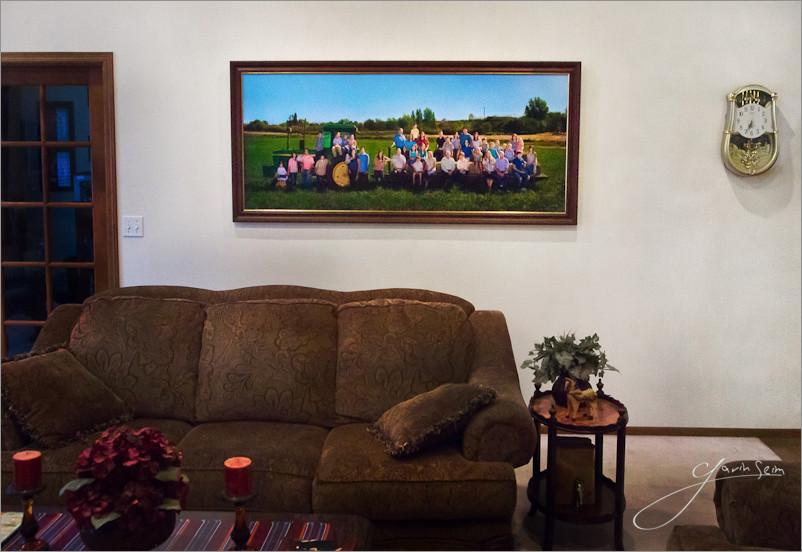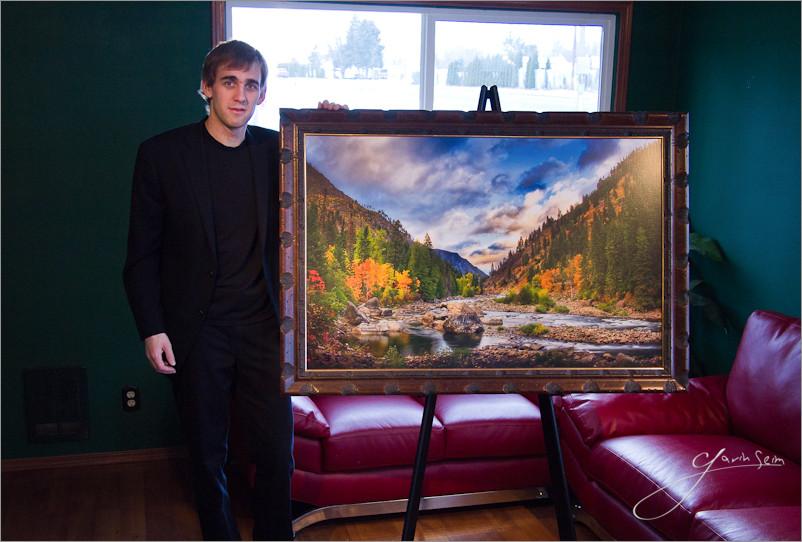Presentation is as much part of a photo as the image itself. An image on a disk means little to the world. A well presented wall piece does. It’s part of the process that doesn’t get the attention it deserves…
By Gavin Seim: So how are you mounting and presenting your images? It’s something worth thinking about, just like How You Sign and Brand Your Images. While digital files certainly have their place, most won’t fully appreciate a work until it’s hanging in front of them. Which in my mind makes presentation a critical part of the whole editing and production process. I’ve learned it’s often a missing link in the art process in this digital soaked era.
Personally it took me years to get past the clutter and get really focused. It’s not just making a print. It’s a whole process. And lets be honest. It can tough to present on a wall. It forces you to make decisions, spend money and commit to a given edit. But when you do, there’s nothing quite so gratifying as seeing an appropriately sizes piece hanging on a wall. It makes you see your work an entirely different light.

These days I try to present without glass as much as possible (a personal preference). I often use traditional (not inkjet) canvas prints mounted by Whitmire & Associates They’re like nothing else. I enjoy metal and sometimes classic mounted prints as well and I’m also doing some experiments with hand coated and polished fiber inkjet prints. I nearly always avoid making a loose wall print and sticking in in a frame. I find it just lacks the polish of a quality mounted print.
The image above is one of my 70in Heirloom Canvas prints. More about my canvas and mediums I use right here. It’s been framed and presented by itself on this large wall, keeping it as the main item on the focal plane. For some detailed thoughts about appropriate print sizes through history and my process for wall prints see this article.
Of course everyone does not need to see the same way I do. But part of our editing process is reducing images to that final finished piece and deciding how that piece can best be presented as art. For most works, the process has not been completed until an image is hanging on the wall. It’s often the true test of how good a photograph really is.

So challenge yourself. No matter where you are with your presentation, start looking around. Find what’s being done and what has been done. Find a nych that fits YOU and make those prints sing. Photos on social networks are fun and good for promotion, but images on walls are like fine furniture. Done perfectly they never go out of style (ever been to an art museum). Aside from how good you’ll feel about a great print. They also sell for quite a bit more than a 5×7. Yet another perk 😉
Of course this all goes deeper. There’s printing mediums, how you light your images (critical to presentation) and more. But that’s for another day.
Do share your favorite presentation methods in the comments. And stay tuned, I plan to make a post soon detailing some of the best printing and presentation methods I’ve come across. There’s some really good ones… Gav
